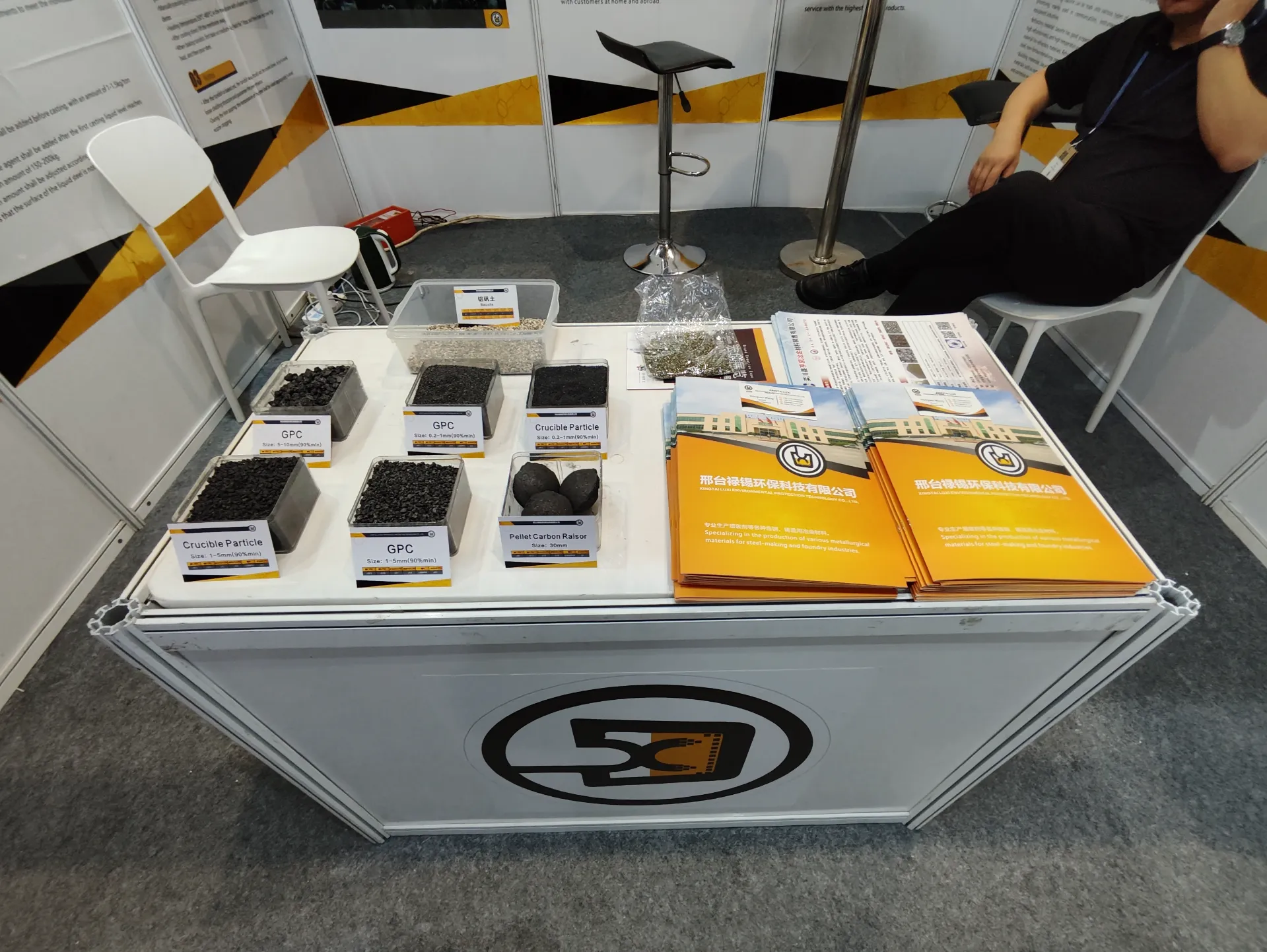Dec . 15, 2024 21:59 Back to list
insulation material for chiller piping factories
Choosing the Right Insulation Material for Chiller Piping in Factories
In modern industrial settings, chillers are essential for maintaining optimal temperatures in manufacturing processes, refrigeration, and air conditioning. However, the efficiency of a chiller system can be significantly affected by the insulation of its piping. Proper insulation minimizes energy loss, enhances system performance, and reduces operational costs. Therefore, it is crucial to select the right insulation material for chiller piping in factories.
The Importance of Insulation
Insulation serves two primary functions it reduces heat transfer and protects the piping from environmental factors. For chiller piping, effective insulation prevents heat gain from the surroundings, ensuring that the chilled water remains at the desired low temperature as it travels through the piping system. This is particularly vital in industrial settings where large volumes of chilled water are used and any increase in water temperature can lead to inefficiencies and increased energy consumption.
Furthermore, proper insulation prevents condensation on cold piping, which can lead to water damage, mold growth, and corrosion. In this respect, the choice of insulation material is not just about energy efficiency but also about maintaining the integrity of the entire piping system.
Factors to Consider in Choosing Insulation Material
1. Thermal Conductivity The primary function of insulation is to limit heat transfer. Materials with low thermal conductivity are typically more effective at minimizing heat gain. Common insulation materials include fiberglass, foam rubber, polystyrene, and polyurethane, each with different thermal properties.
2. Moisture Resistance In many industrial environments, moisture can be a significant concern. Insulation materials must resist moisture penetration to prevent deterioration and maintain thermal efficiency. Closed-cell foam insulation, for example, typically offers excellent resistance to moisture.
3. Temperature Range The operating temperature of the chiller system should guide the selection of insulation material. Certain materials perform better under specific temperature conditions. For instance, polyurethane foam is suitable for both high and low-temperature applications, while fiberglass may be limited to higher temperatures.
4. Mechanical Strength Piping systems may be prone to mechanical stresses from movement, impacts, or vibration. The insulation material should have sufficient strength to withstand these stresses without degrading or losing its insulating properties.
insulation material for chiller piping factories

5. Fire Resistance Safety is paramount in factory settings. Insulation materials should comply with local fire safety regulations. Materials like calcium silicate offer good fire resistance and are often used in industrial applications due to their ability to withstand high temperatures.
6. Cost-Effectiveness The initial cost of insulation materials can vary widely. While some high-performance materials may come with a higher price tag, their long-term energy savings can justify the investment. A thorough cost-benefit analysis should be conducted to determine the best option for the specific application.
Common Insulation Materials for Chiller Piping
1. Fiberglass Insulation Widely used due to its cost-effectiveness and versatility, fiberglass offers good thermal performance and is non-combustible. It is available in rigid boards or flexible blankets, making it easy to install.
2. Foam Rubber This material is known for its excellent thermal insulation properties and flexibility, making it ideal for irregularly shaped pipes. Foam rubber also provides excellent moisture resistance.
3. Polyurethane Foam With one of the lowest thermal conductivities available, polyurethane foam is highly efficient for thermal insulation. It is lightweight and can be easily molded to fit various pipe sizes.
4. Polystyrene Often used in combination with other materials, polystyrene is effective in preventing heat gain and moisture infiltration. It's also lightweight, making it easy to handle during installation.
Conclusion
Selecting the right insulation material for chiller piping in factories is a critical decision that impacts energy efficiency, operational costs, and overall system performance. By considering factors such as thermal conductivity, moisture resistance, temperature range, and mechanical strength, factory managers can make informed choices that enhance their chillers' effectiveness. Investing in high-quality insulation materials not only prolongs the lifespan of the piping system but also contributes to a more sustainable and energy-efficient industrial operation.
-
Fe-C Composite Pellets for BOF: Enhance Steelmaking Efficiency
NewsAug.07,2025
-
Eco-Friendly Granule Covering Agent | Dust & Caking Control
NewsAug.06,2025
-
Fe-C Composite Pellets for BOF: High-Efficiency & Cost-Saving
NewsAug.05,2025
-
Premium Tundish Covering Agents Exporters | High Purity
NewsAug.04,2025
-
Fe-C Composite Pellets for BOF | Efficient & Economical
NewsAug.03,2025
-
Top Tundish Covering Agent Exporters | Premium Quality Solutions
NewsAug.02,2025
